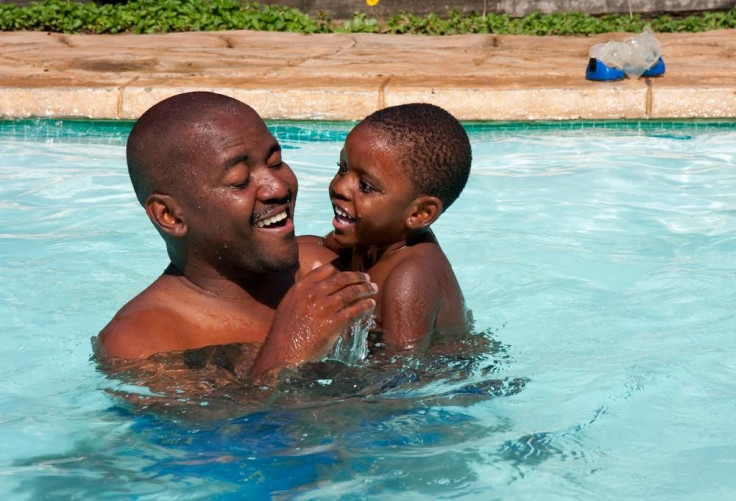If You Do Anything This Weekend, Teach a Child to Swim

In the summer of COVID 19, swimming pool installers, in all compass directions, have been inundated with pool orders. There are obvious benefits to owning a swimming pool or hot tub, as both can alleviate stress, improve flexibility and offer low impact therapy. “The demand is through the roof,” said Sabeena Hickman, president and CEO of the Pool and Hot Tub Alliance, based in Alexandra, Va.
The calls ramped up about the time the country went on lockdown, Hickman said. Customers were telling installers that they were giving up their summer vacations because they were afraid to travel. It also helped when the Centers for Disease Control and Prevention gave pools and hot tubs a COVID-free clean bill of health. “One of the first message points that came out … was that COVID-19 could not be spread to humans through a pool or hot tub,” she said. “So there is a strong sense of security that exists.”
Consequently, there are lots of pools out there.
In 2018 America had about 80,000 inground pools, roughly 5,000 more than 2017, according to Hickman. And while a 2019 sales figure wasn’t firm, a survey of her members found sales for April 2020 were up 10% over last April. A Google search for “swimming pools” for May 2020 was up 200%, according to the Alliance.
But pools also present unwanted dangers, especially for young children. A June 2020 report from the Consumer Protection Safety Commission said “child drownings remain the leading cause of unintentional death among children ages 1 to 4 years old.”
Just about the same time that the commission issued its report, the American Academy of Pediatrics issued its own statement, warning parents and caregivers that with children home because of the pandemic – and with tensions high and distractions aplenty – they needed to be especially careful that their children were not left unattended near water.
Between 2015 and 2017, the commission said that on average there were 379 pool- or spa-related fatal drownings per year involving children younger than 15 years old. That number rose to 395 fatalities in 2017. During that time period, children under 5 years old made up 75% of child drownings, with 56% due to a gap in adult supervision. Residential pools and hot tubs accounted for 71% of drowning incidents.
But accidents this summer, even earlier in the year, have happened. In San Diego, between the months of March and July, there were 24 near-drowning pool rescues, 6 more than the same time period in 2019. They were all under 14 years old.
In Cincinnati, healthcare workers at Children's Hospital tended to 9 drowned children as of Aug. 11, 6 more than during the summer before.
The two states with the most water-related deaths so far appear to be Florida and Texas. By April 13, according to published reports, 12 young children had died in February and March alone of this year; none had died during those months in 2019. And In Texas, 53 youngsters have drowned so far this year. In all of 2019, the total was 87 deaths.
The commission and the CDC recommend that parents teach their children to swim. But even if they know how to swim, children should never be left unsupervised in a pool. Parents should also learn to recognize when a swimmer is in distress and know CPR.
A list of swimming pool safety tips can be found on the CPSC and CDC websites. https://www.cdc.gov/nceh/publications/books/housing/cha14.htm
Published by Medicaldaily.com



























